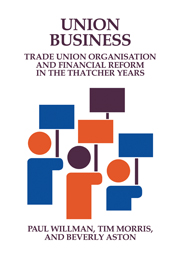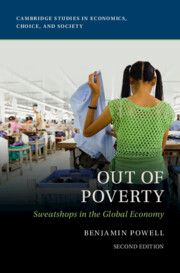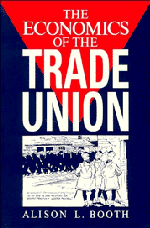Union Business
It is fashionable to speak of trade unions in the UK as organizations in decline. However, it is their organization and, in particular, their financial status, that ultimately dictates unions' ability to survive, recruit and influence employers. This book provides the first systematic picture of union financial status for thirty years, and reveals a dramatic picture. Though, overall, unions have become financially less healthy in the postwar period, many unions experienced an improved financial position during the membership contraction of the Thatcher years. The authors also show that the long term financial decline of unions has been affected more by competition among unions for membership, than by the effects of traumatic industrial disputes.
- Studies the fate of unions during the traumatic Thatcher years
- Shows how important competition between unions is in explaining the financial decline of unions
Reviews & endorsements
Review of the hardback: ' … fascinating analysis of trade union finances during the Thatcher years … The book provides a wealth of topical data on union finances with chapters on more interesting cases such as the Mineworkers, the Engineers and the Electricians. But its more general interest lies in its focus on an important and neglected issue: the reliance of trade unions for their very survival on the goodwill of employers.' Robert Taylor, Independent
Product details
June 2010Paperback
9780521153133
268 pages
229 × 152 × 15 mm
0.4kg
Available
Table of Contents
- 1. Introduction: unions in the 1980s
- 2. The financial status of British trade unions 1950–1989
- 3. Financial differences between unions
- 4. The role of financial matters in union organisation
- 5. The politics of union finances
- 6. Union size, growth and financial performance
- 7. Strike activity and union finances
- 8. The National Union of Mineworkers: strikes and financial disaster
- 9. The GMB: merger and financial reform
- 10. The Amalgamated Engineering Union: back from the brink
- 11. The Banking, Insurance and Finance Union: competitive unionism and financial survival
- 12. The Electrical, Electronic, Telecommunications and Plumbing Trade Union: accountability and financial control
- 13. Conclusions: union business and business unionism
- Appendices
- References.




